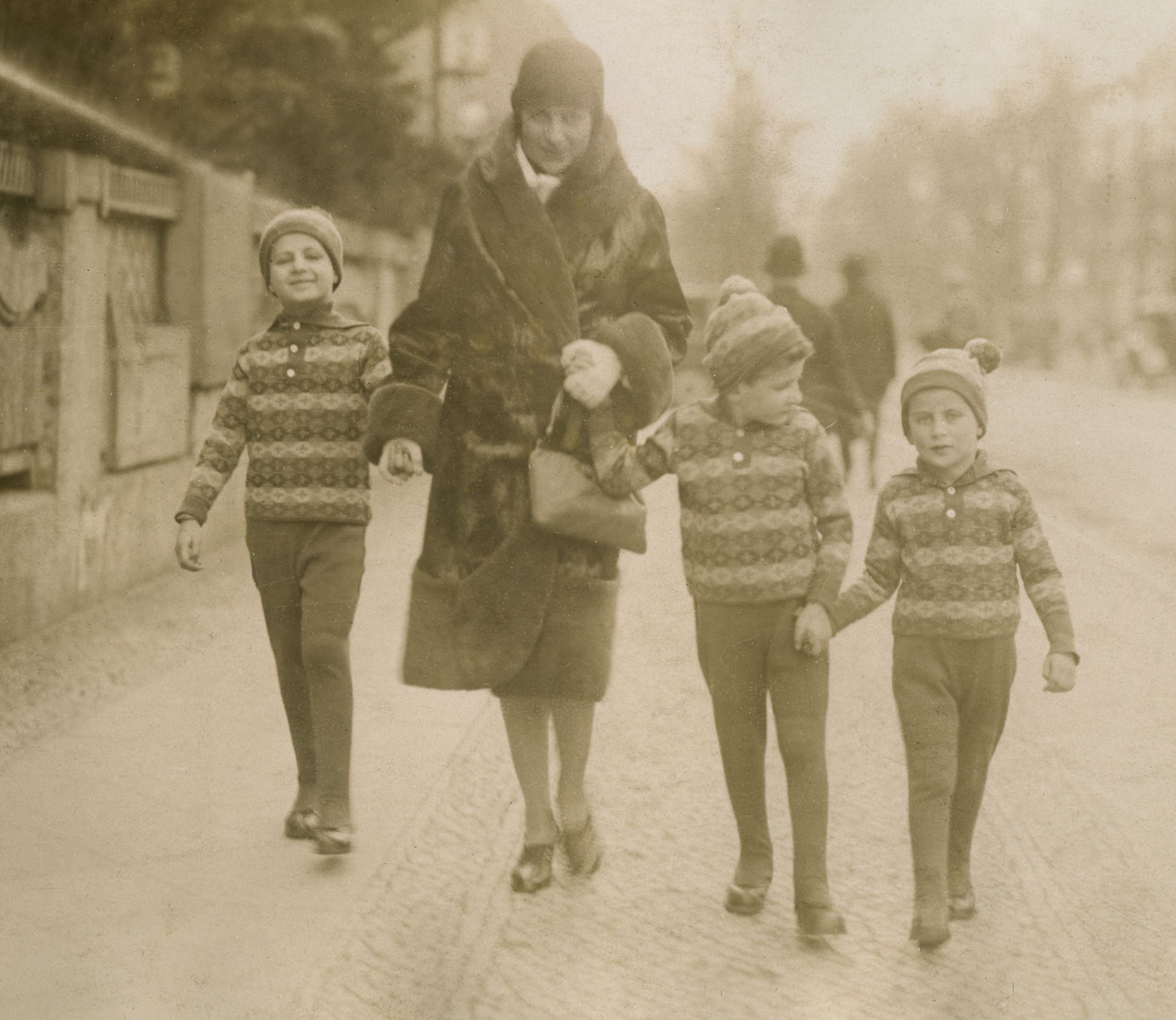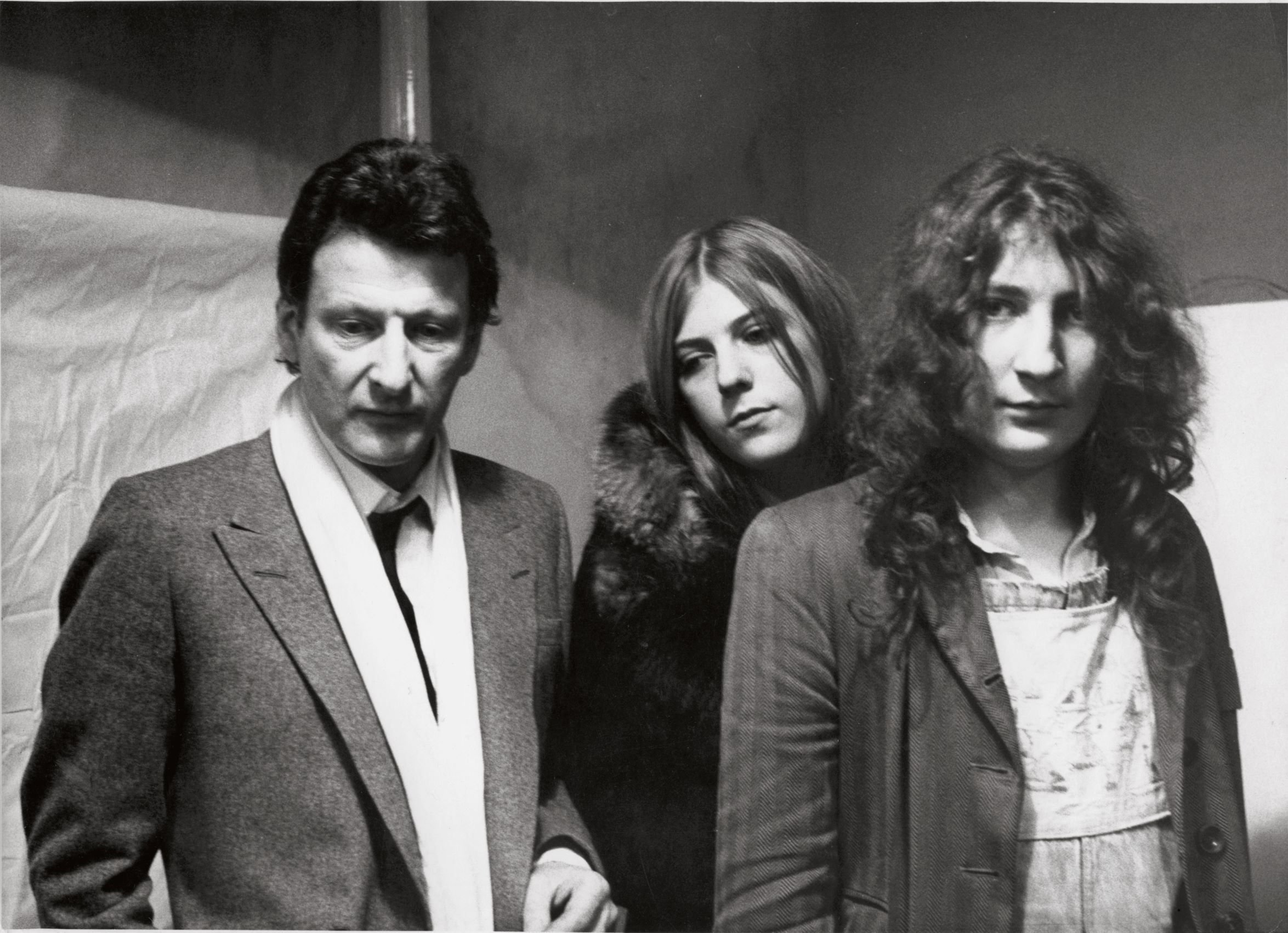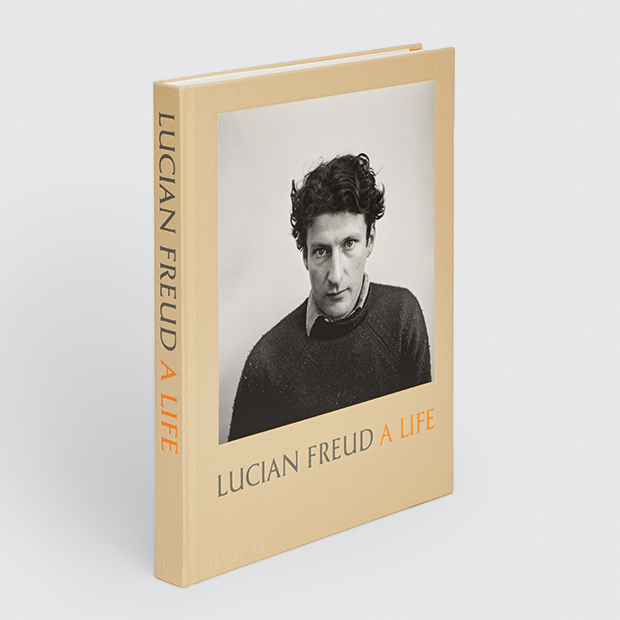
Focusing on Freud's family
The artist’s grandfather helped Lucian settle in London, where he fathered a large, unconventional family of his own
Lucian Freud's career might never have achieved such artistic greatness, were it not for the eminence of another member of his family. “Lucian Michael Freud was born in Berlin to an Austrian-German family on 8 December 1922,” Mark Holborn explains in our new book, Lucian Freud: A Life. “His mother, Lucie (née Brasch), was the daughter of a wealthy grain merchant. His father, Ernst Ludwig Freud, was an architect. His grandfather was Sigmund Freud, the founder of psychoanalysis.”
Lucian’s Jewish heritage forced his family to flee Germany, and his influential grandfather, who was on good terms with friends of the royal family, enabled them to gain British citizenship, and settle the capital, as Holborn explains.
“Speaking later to the performer Leigh Bowery, a favoured model in the 1990s, he commented on his own Jewish identity: ‘I never think about it, yet it’s part of me – linked to my luck. Hitler’s attitude to the Jews persuaded my father to bring us to London, the place I prefer in every way to anywhere I’ve been.’”
Once in London, Freud set about starting a family of his own, albeit in a fairly unconventional fashion, marrying twice and fathering numerous children both in and out of wedlock, including the fashion designer Bella Freud, and the writer Esther Freud.
Many of his family members feature in his paintings. Indeed, his progeny helped Freud to develop his art. Holborn describes how, in 1983, he enlisted them as models for Large Interior W11 (after Watteau).

“The artist used his family and those close as models: Bella Freud, Suzy Boyt and son Kai, and Celia Paul,” writes Holborn. “Freud stressed that for the first time he was not painting people as individuals, but as part of a scheme. This, in itself, was a significant change. The arrangement was sketched in advance, and several drawings were made of the figures while the work was in progress.”
Freud was far from a conventional father, yet his children remember him as a convivial, fun presence. Here’s how his daughter Rose Boyt recalls her dad, back when she was a teenager. “I was fifteen and had just left home. I was living on Elgin Avenue, in west London, just around the corner from Thorngate Road, where my father had a studio," she writes. “He used to drop in on me in the late afternoon, after I got home from school and before my boyfriend returned from work, and I used to make him a fried egg on toast and a cup of tea – very ceremoniously. That was the beginning of our adult relationship.
“My father must have been fifty or fifty-one then, but in my memory he seems about thirty. He was anarchic and did whatever he wanted. I suppose as a teenager I had quite a lot in common with him. There was no holding him back, and by the time I was fifteen there was no stopping me. No one had any control over me for quite some time, I’m sorry to say. My mum says I was a nightmare. It hadn’t occurred to me that my moving out of home might have had a negative impact on her or me – I didn’t think like that. I have a seventeen-year-old daughter now, and if she had wanted to leg it when she was fifteen I would have been devastated.”
In a recent, previously unpublished, interview with Phaidon.com Freud's sitter and assistant David Dawson told us about the painter's relationship in later years with his own mother. Our 2018 two-volume monograph Lucian Freud features nine paintings and drawings the artist made of her.
"He was always trying to get away from his mother. Because he always felt that his mother knew everything about him and he was always wanting to run the other way!," Dawson said. "The amazing thing with Lucian was that he saved her really. Because when his father, her husband, died, she really sunk into a very low time in her life and, I think, once tried to end it.
"He pulled her out of that by going round every morning, picking her up and painting her - and he did that for eight years or so. I think why he could paint her was because she was so caught up in mourning her husband that suddenly she wasn’t interested in Lucian. So he could then paint her, whereas before I feel she was this very protective mother and that’s what he was really fighting against. She’d gone into her own world maybe and there was a distance there that allowed him to paint her."

For more on Freud’s life and work order a copy of Lucian Freud: A Life. This unprecedented look at the private life of Lucian Freud begins with childhood snapshots and ends with rarely seen photographs made in his studio in the last weeks of his life. In between, the life of one of the most important artists of the twentieth and twenty-first centuries is vividly documented - through family photos, in images of the painter in his studio with some of his most celebrated sitters, and in portraits by his peers, first among them Francis Bacon.